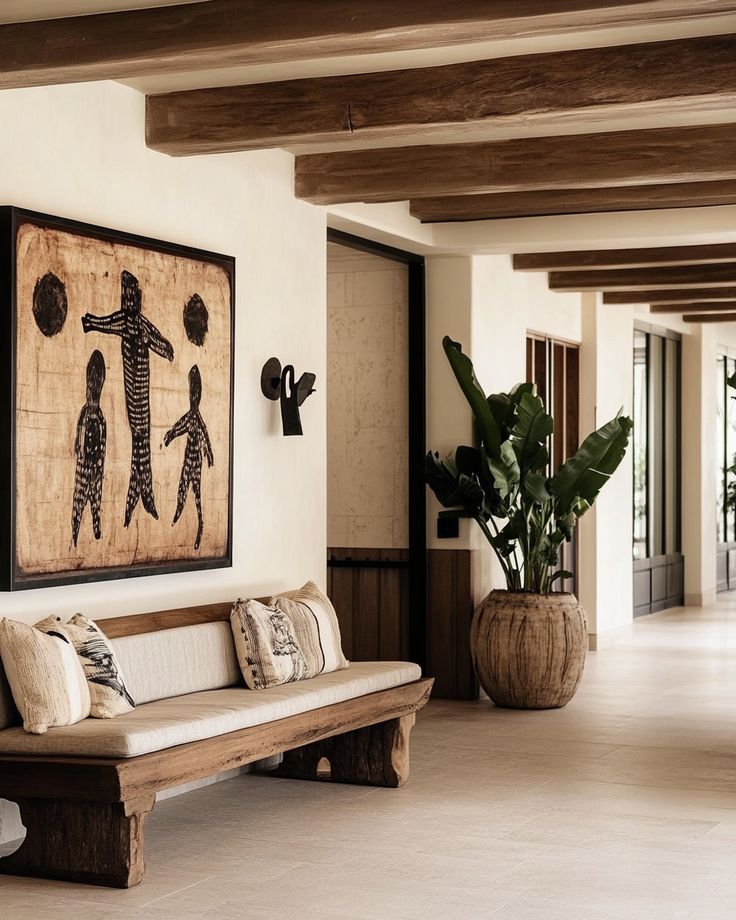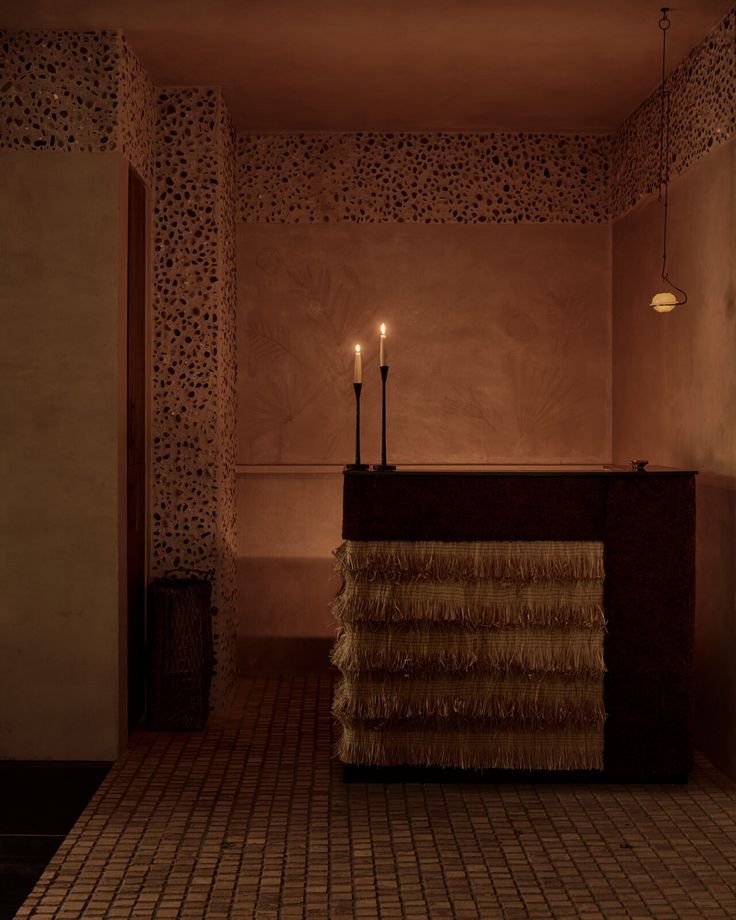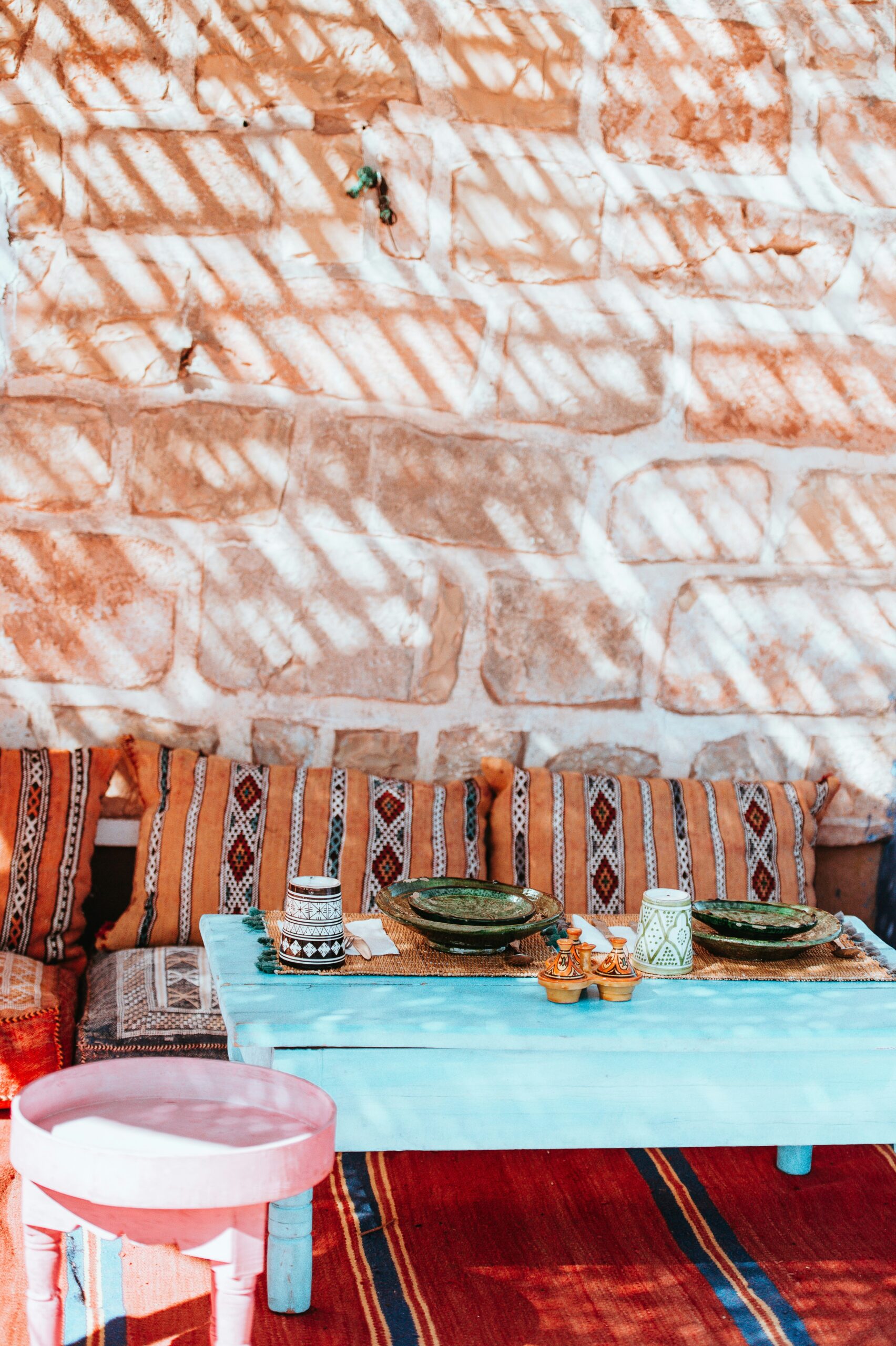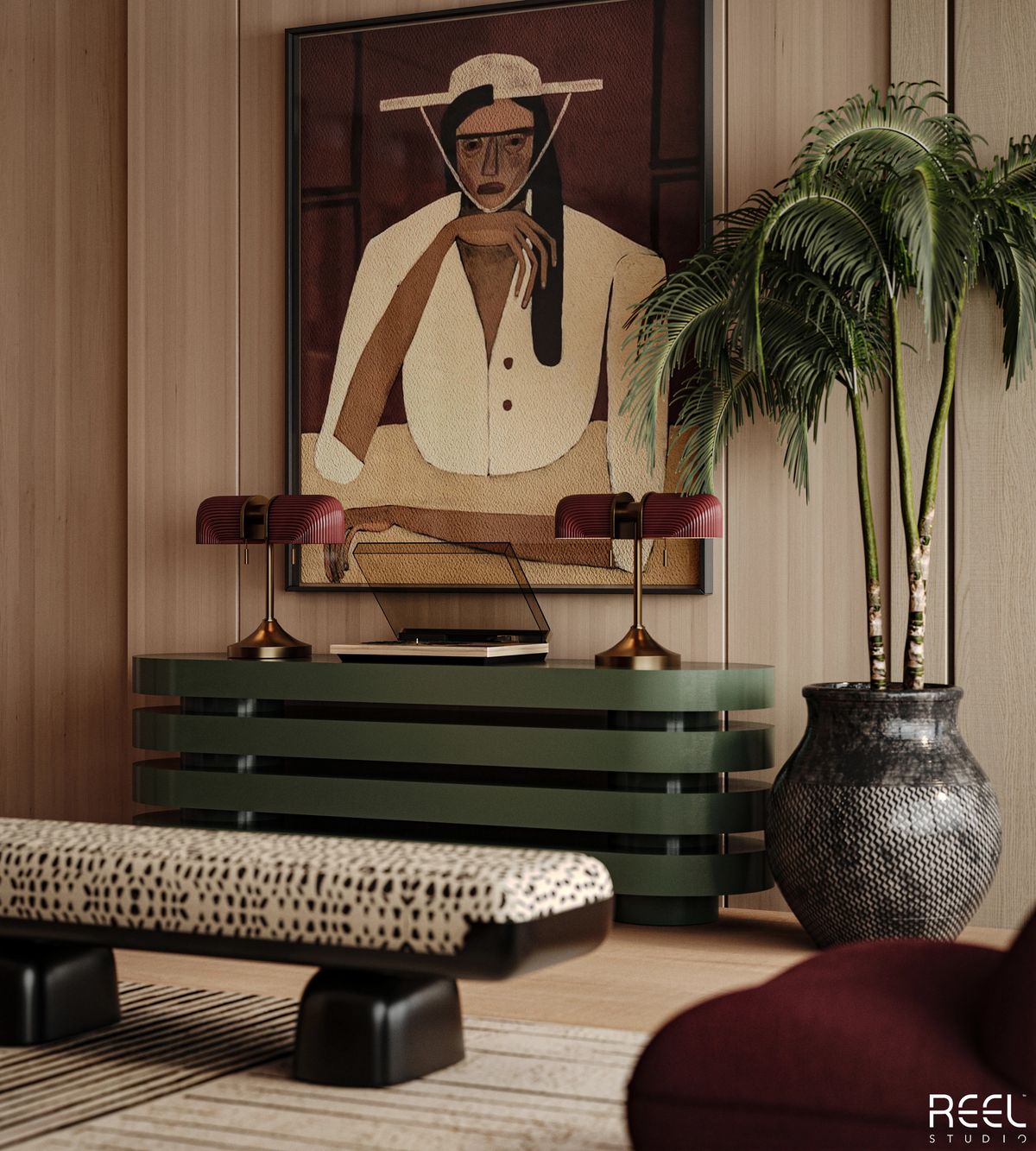
Introduction
Your home tells a story. Every colour, texture, and piece of furniture reflects who you are—or at least, it should. Yet too often, interiors chase fleeting trends and overlook what truly matters: cultural identity and personal heritage. That’s where culturally rooted interior design comes in.
This design approach goes beyond aesthetics. It embraces tradition, symbolism, and craftsmanship while blending seamlessly with contemporary living. In fact, studies show that interiors with strong cultural expression improve wellbeing and belonging by fostering deeper emotional connections to space.
In this article, we’ll explore why culturally rooted interiors matter, how to integrate them into modern spaces, and even how personal areas like walk-in closets can become cultural expressions of luxury.
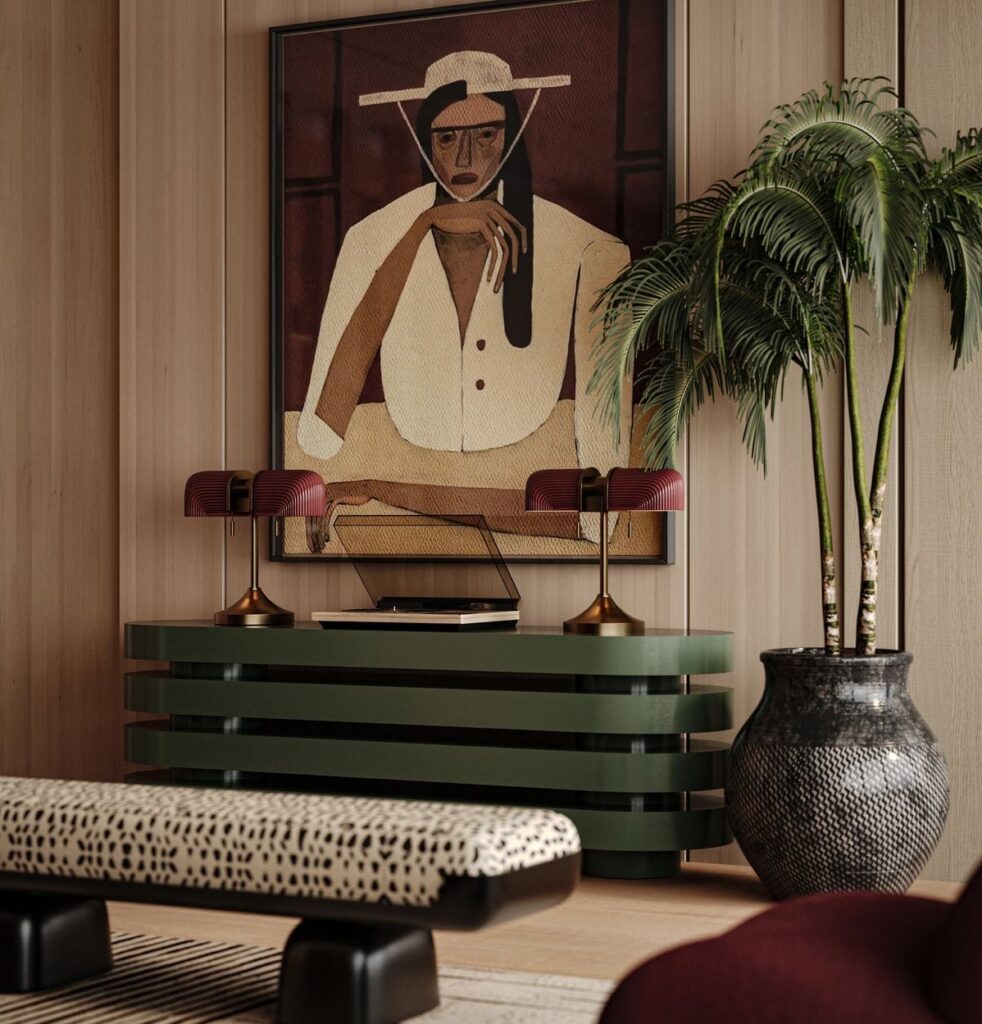
1. What Is Culturally Rooted Interior Design?
Culturally rooted interior design integrates heritage, storytelling, and identity into living spaces. It draws inspiration from traditions—whether through textiles, art, rituals, or materials—and transforms them into modern, functional interiors.
Unlike trend-led design, this approach ensures that your home feels timeless, personal, and deeply connected to who you are.
2. Why Culturally Rooted Design Matters Today
- Identity in a Global World: In a time of mass production, cultural interiors help preserve individuality.
- Sustainability: Many heritage-inspired practices use natural, locally sourced materials.
- Emotional Connection: Spaces that honour cultural heritage create comfort, belonging, and pride.
👉 Did you know? Homes designed with personal or cultural influences are perceived as 20% more valuable in real estate markets, as they feel unique and curated.
3. Key Elements of Culturally Rooted Interiors
Natural Materials and Craftsmanship
From mahogany furniture to handwoven textiles, cultural design celebrates artisanal work.
Symbolism and Storytelling
Carvings, murals, or geometric patterns can reflect beliefs, traditions, and identity.
Colour Palettes from Heritage
Earthy tones, bold patterns, or specific cultural hues (such as indigo, ochre, or terracotta) can ground a space in history.
Functional Rituals
Designing around daily rituals—mealtime, prayer, rest—ensures a space is culturally authentic and practical.
4. Practical Tips for Bringing Culture into Modern Spaces
- Start Small – Add cultural textiles, artwork, or ceramics.
- Layer Materials – Blend natural stone, timber, or woven fibres with modern finishes.
- Curate, Don’t Clutter – Choose one or two strong heritage-inspired elements per space.
- Make It Personal – Incorporate heirlooms, family art, or traditional symbols.
- Balance Old and New – Pair artisanal furniture with clean, contemporary architecture.
5. Walk-In Closets: A Surprising Space for Cultural Expression
Walk-in closets are often seen as purely modern luxuries, but they can also reflect culture.
- Materials: Use heritage woods or handcrafted handles.
- Organisation: Blend boutique-style shelving with traditional woven baskets.
- Luxury Meets Identity: Add patterned panels inspired by cultural textiles for a unique backdrop.
Pro Insight: A culturally inspired walk-in closet not only elevates your wardrobe but also tells your story every time you get dressed.
6. FAQs About Culturally Rooted Interiors
Q1: Can cultural design work in small apartments?
Yes! Focus on textiles, wall art, or symbolic accents instead of large-scale furniture.
Q2: Is it expensive to design this way?
Not necessarily. Local artisans often offer affordable alternatives to imported luxury items.
Q3: How do I avoid a “themed” look?
Balance is key. Let cultural elements serve as accents rather than overwhelming the space.
Q4: Can cultural interiors be modern?
Absolutely. The best designs fuse heritage with clean lines, smart tech, and contemporary comfort.
Q5: Where should I start if I feel stuck?
Begin with one room—often the living room or bedroom—and layer cultural elements over time.
Conclusion
Culturally rooted interior design is more than decoration—it’s about crafting a home that reflects identity, honours heritage, and embraces modern living. By incorporating natural materials, meaningful symbolism, and artisanal craftsmanship, you can create interiors that are timeless, personal, and deeply resonant.
Whether it’s a statement piece in the living room, a ritual-inspired layout in the dining area, or even a culturally expressive walk-in closet, your home should tell your story.
Design isn’t just about how a space looks—it’s about how it makes you feel. And when culture and identity are at the heart of that story, your space truly becomes a home.
+ view the comments
